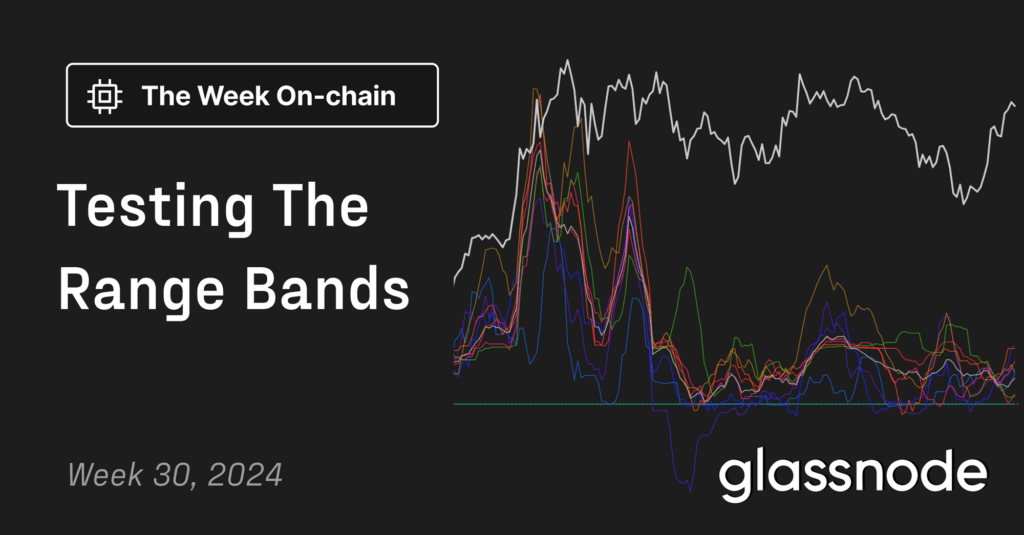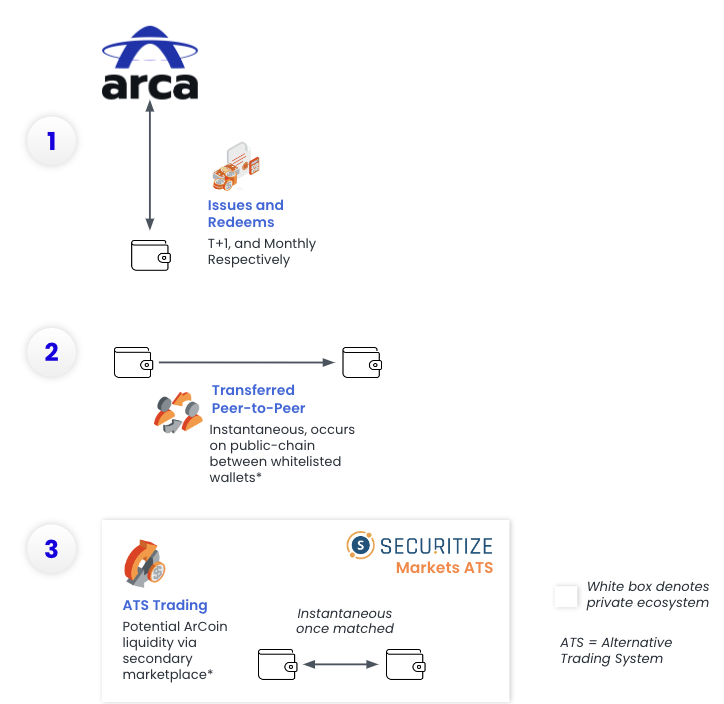Research Summary
This report provides a comprehensive analysis of the transaction fees in Bitcoin and Ethereum networks. It explains the role of transaction fees in maintaining the security and functionality of blockchain networks. The report also compares the fee structures of both networks, highlighting their unique functionalities and use cases. It further discusses the implications of these fees on network security and the correlation of transaction fees to network metrics. Finally, the report explores potential future trends and their impact on the networks.
Key Takeaways
Understanding Bitcoin and Ethereum Fees
- Role of Transaction Fees: Transaction fees incentivize miners (in proof-of-work systems like Bitcoin) and validators (in proof-of-stake systems like Ethereum) to confirm transactions and add them to the blockchain. The fee structures of Bitcoin and Ethereum differ due to their unique functionalities and use cases.
- Bitcoin’s Fee Structure: In Bitcoin, transaction fees are voluntary amounts users pay to incentivize miners to include their transactions in blocks. The fee is proportional to the transaction size in bytes, not the amount of bitcoin transacted. This results in an auction-style fee market based on the satoshis per byte that users are willing to pay.
- Ethereum’s Fee Structure: Ethereum’s fee structure is more complex due to its expanded capabilities, such as executing smart contracts. Ethereum fees consist of a priority tip and a base fee. The total transaction fee is the product of the gas used (computational power needed) and the gas price (based on network congestion) plus the priority tip.
- Implications to Network Security: As the block reward for Bitcoin miners halves roughly every four years, income from fees becomes more important. For Ethereum, the value of staked ether is a key security paradigm preventing attacks, so higher yields to validators directly impact the opportunity cost of staking.
Correlation of Transaction Fees to Network Metrics
- Correlation Analysis: The report presents a correlation analysis between fees and other network metrics for Bitcoin and Ethereum. Bitcoin fees show weak or near zero correlation to transaction count, price, and active addresses, while Ethereum fees show moderate or strong positive correlation to these metrics.
- Implications of Correlation: The correlation data suggests that Bitcoin’s mining profitability may rely more on price increases and lowering input costs than increased adoption. On the other hand, Ethereum’s validator profitability relies more on network usage and an increase in the price of the underlying staked ether.
Actionable Insights
- Future Trends: The report suggests that the evolution of BRC-20 technology and standards could make Bitcoin a more popular platform for new tokens, potentially sparking higher urgency for user transactions. Additionally, increased demand from new institutions and retail investors could push the average transaction fee higher for both Bitcoin and Ethereum.
- Impact of Layer 2 Networks: Layer 2 networks have the potential to bring fees much closer to zero in the long term for both Bitcoin and Ethereum. This could have significant implications for the sustainability of the network’s security providers. However, if lower fees on layer 2s allow more users to transact more frequently, it could offset the possible decrease in fee revenue to the base layer.
- Investor Considerations: Investors may want to monitor the potential tension between the growth of layer 2 platforms and the impact on base layer fees. The report suggests that the uptake of layer 2 platforms could either increase fees by fostering more activity on the base layer or redirect fees away from the base layer, potentially affecting network security or the value accrual to their respective native tokens.













